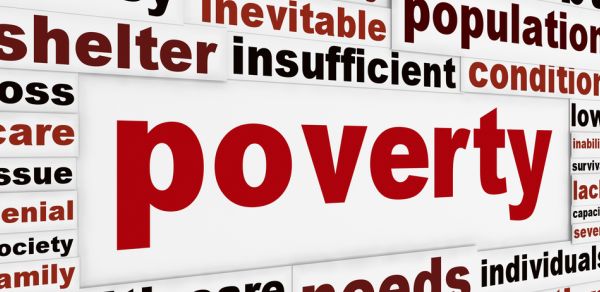A recent Brotherhood of St Laurence (BSL) report that measures poverty and disadvantage, has revealed that more than half those aged over 65 are missing out.
In an attempt to more fully understand disadvantage, the Social Exclusion Monitor considers a wider spread of indicators than just household income. Developed by the BSL in conjunction with the University of Melbourne, and based on data from the national Household, Income and Labour Dynamics in Australia (HILDA) survey, seven key factors are measured.
These ‘life domains’ are material resources, employment, education and skills, health and disability, social connection, community and personal safety. The findings present both a warning and a challenge. The ‘accumulation of deprivation’ is worst for those aged 65 and above, with long-term health conditions or a disability. Almost half of this group experience exclusion according to the most recent data (2012). And, once again, there is a gender gap with women more excluded that men in all age groups, but in particular those aged 55 and over.
The report notes, “the most prevalent indicators of exclusion are low education, long-term health conditions or disabilities and low wealth – each is experienced by at least 20 per cent of people. “It also highlights the fact that the level of social exclusion has increased since the GFC in 2008, especially for those aged above 65 and between 15-24.
Read more at The Conversation
Access the BSL’s research bulletin
Are you missing out?
Income alone does not represent our life situation. So while it is shocking to see the exclusion rates for older Australians, we first need to recognise this in order to make a change. The Brotherhood is to be commended for its work with those who are victims of lifelong disadvantage, and even more so for working with the University of Melbourne to gain a more accurate picture of how such disadvantage plays out. In particular, the Social Exclusion Monitor is a valuable ongoing snapshot of how people’s daily lives are affected by their socio-economic status. And it’s not good news for older Australians with almost half missing out on the key indicators necessary to live a dignified, connected and productive life.
So why are older people so much at risk of being excluded? Where would you start? Well, first up, let’s look at material resources and note that the full Age Pension remains BELOW the income required to live even a modest life style. Poor health is also an issue, and with the current government cutting back on preventative health campaigns, this is unlikely to change anytime soon. Employment is also a challenge for many older Australians with age discrimination preventing many from getting back into the workforce in their 50s. And being born a woman has its drawbacks – over a lifetime you will have earned less, saved less, received less superannuation and probably cared for family members, so your material resources are in many instances half those of a male.
What’s the answer? As with most social policy challenges, there is no one answer. But the first step is always to recognise we have a problem. The BSL Social Exclusion Monitor offers authoritative research that clearly demonstrates significant social exclusion for older Australians. It’s up to all of us to take the debate forward, tackling the many factors that cause this disadvantage, one by one.
What about you? Are you one of the 50 per cent who are socially excluded? Why do you think this has happened? What would you like to see done to improve this situation?

